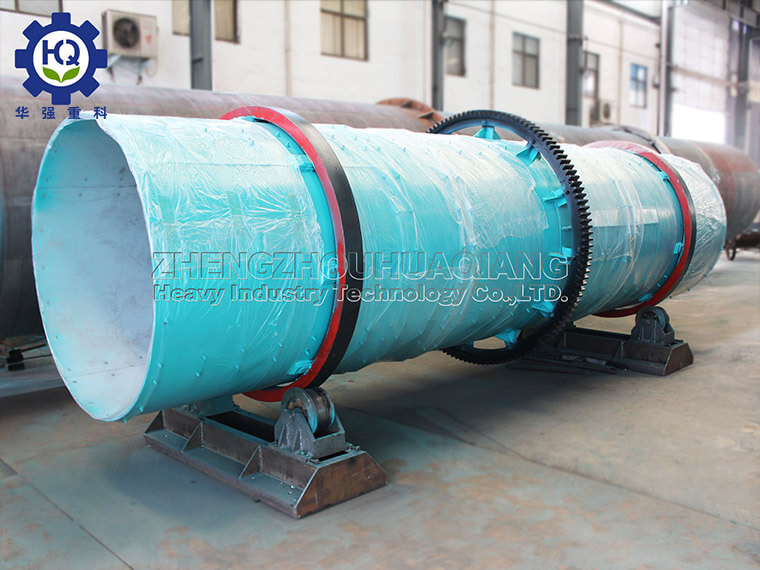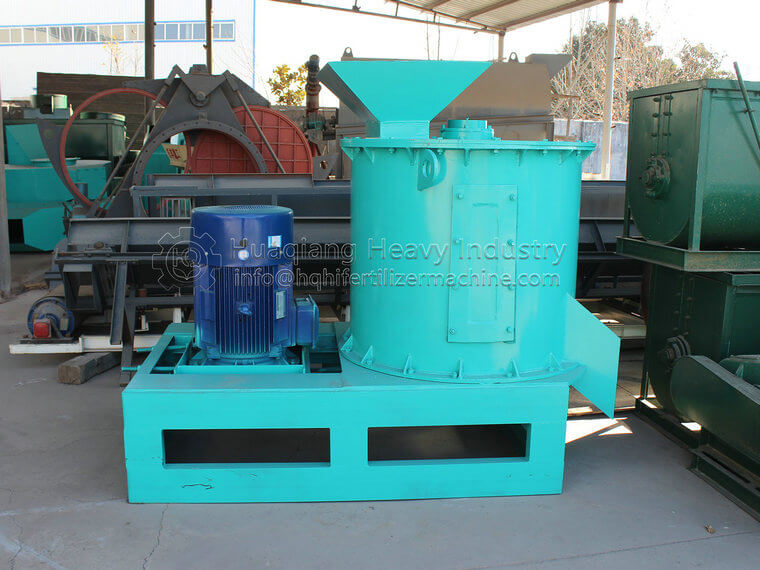What are the characteristics of organic fertilizer drum granulation processing fertilizer?
The organic fertilizer rapid granulation equipment is the core equipment for the production of organic fertilizer. The common organic fertilizer granulators on the market include: double roller granulator, rotary granulator, disc granulator machine, and new organic fertilizer granulator. machine, new two-in-one organic fertilizer granulator, flat die granulator, ring die granulator, can be used in npk production line, organic fertilizer production, bio-organic fertilizer and other different production lines, different equipment has different working principles, Granulator prices vary.

Features of rotary drum granulator:
1. Choose a variety of combined lifting devices. The dryer designed and manufactured by our company has carried out a number of technological innovations in the lifting device system. The new multi-combination lifting device is adopted to overcome the wind freezing phenomenon and heat of the traditional dryer. High efficiency, reducing coal consumption by about 20%.
2. The large and small gears of the gearbox use pin-type replaceable gears instead of traditional cast steel gears, which not only saves cost and investment, but also greatly reduces maintenance costs and time. The appearance structure of the rotary dryer is more reasonable, the wearing parts are less, and the design is user-friendly.
3. Applicable to various combustion furnaces: high temperature boiling furnace, pulverized coal furnace and artificial coal furnace.
4. With a centralized control system, it can realize the central computer monitoring and management of large enterprises.
5. The new and reasonable mechanical structure reduces the floor space, the production capacity is large, and the operation is convenient. Advanced and perfect technology, high temperature industry, safe and reliable, energy saving and environmental protection, greatly saving costs.
Zhengzhou Huaqiang organic fertilizer equipment manufacturer is based on the principle of integrity management, is aggressive, and has the courage to develop, including organic fertilizer production lines, npk fertilizer production line, etc., perfect after-sales service and supporting facilities, is a main organic fertilizer granulator, organic fertilizer Turner, organic fertilizer crusher and other organic fertilizer equipment.

.jpg)

.jpg)
.jpg)


.jpg)
